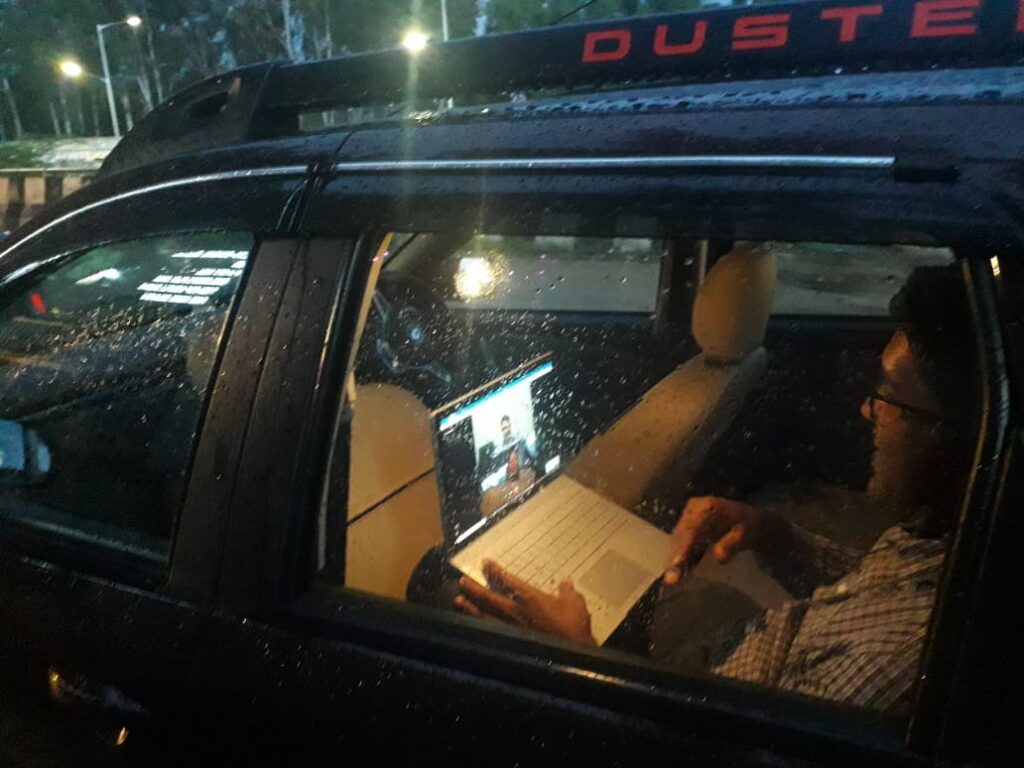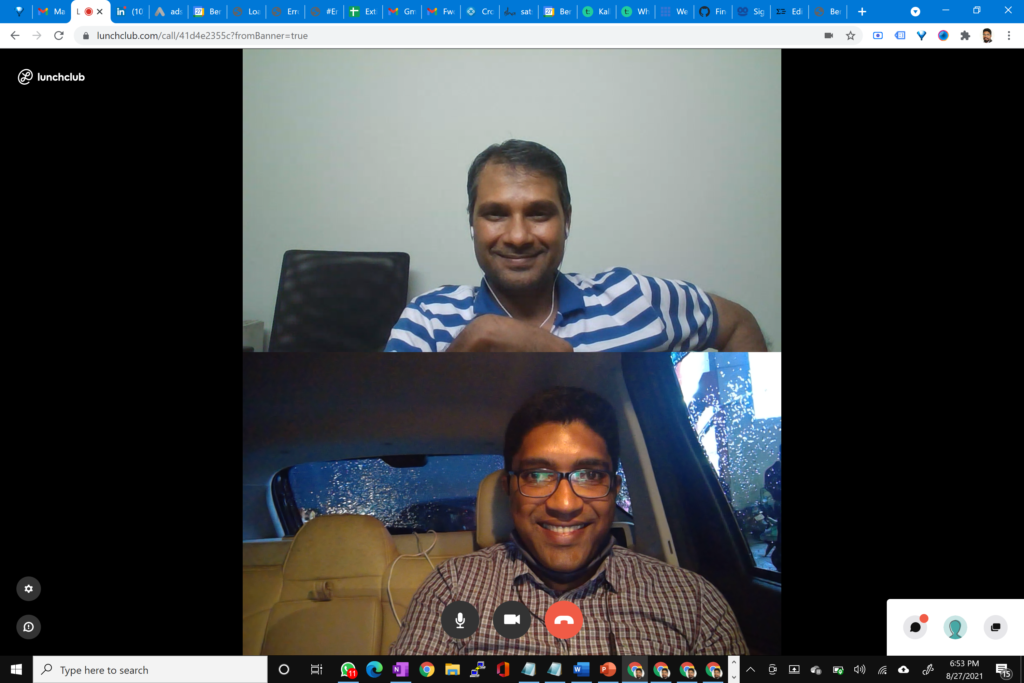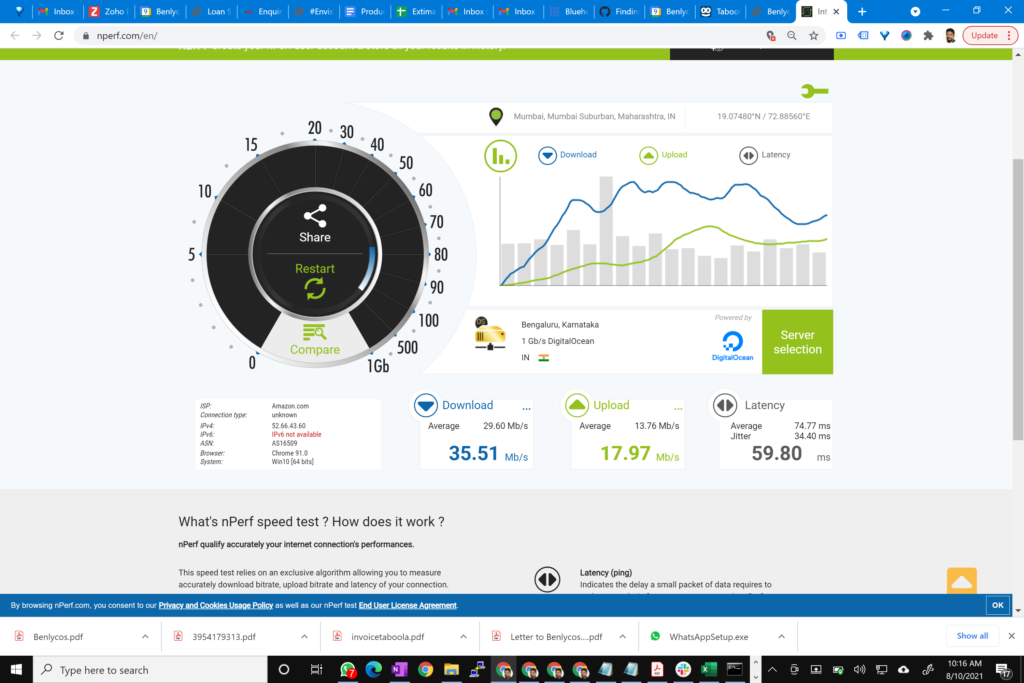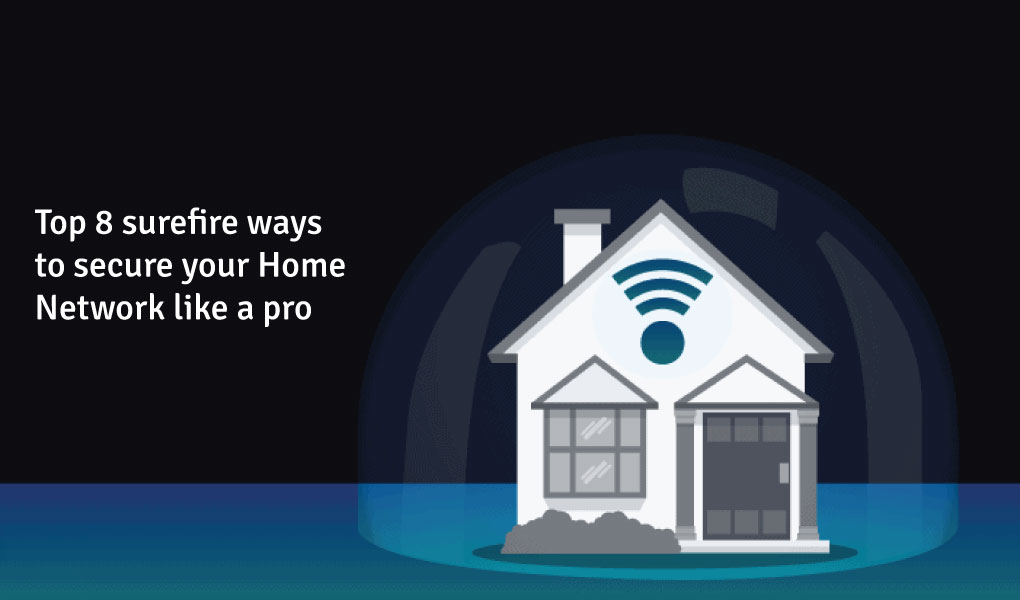TLDR: Zifilink can help you work from a moving car, if you would like high speed internet in your car write to us.
Background Information
Early in the August of 2021 after having completed our experiments of using Zifilink on Indian trains we got back into the comfort of our office to tell the world about our findings though the blog post. It was now time to again wear the thinking hat and look at where else we could make a difference to peoples lives by letting them ‘Never go offline’. Based on inputs from our friends and mentors, we picked internet access in car as our next experiment. After talking to more than 20 people who commute regularly by car, we discovered that most of them prefer to use their driving time for conversations on the phone. We also made an interesting finding, more than a couple of the respondents use WhatsApp calling instead of regular voice calling to avoid re-dialing the number in case they pass though a bad patch of signal on the road. We found two distinct patterns of usage between the users who drive on their own Vs the people who travel chauffeur driven. Furthermore, the usage of internet in a moving car was much broader while travelling with family, presence of kids in the car looked like a key factor driving usage. We decided to make a list of all the interesting usage scenarios and run experiments to test the effectiveness of Zifilink in each use case.
When the rubber hits the road!
The next logical task was to define the process of the test, with and without the usage of Zifilink, so that we could have comparison of results. We had to identify the typical usage pattern based on the interviews conducted, and come up with a test setup that would provide the closest possible match to real-life usage. We planned to run the test on the same route around the same time to have the closest possible network traffic conditions and hence the test had to be planned across multiple days for each use case. A Zifilink 3X unit was setup at the back of RXZ variant of Duster which has a 12V port behind the back seat of the car making it convenient to setup the unit along with 3 dongles to provide internet.
Self-driven work commute
This being something we are involved in almost every weekday was the easiest usage scenario for us to test. Based on the conversations we have had; the usage was ranging from 1:1 communication to consumption of content which is mostly audio. The applications ranged from messaging apps like WhatsApp to services like Spotify and Scribed. It was difficult to divide our attention between the road and device and hence on any given day for a city like Bangalore it was clear to us that the usage will be very limited if not NIL for the self-driven work commute.
Chauffeur-driven work commute
Being driven around by a Chauffeur frees up the attention required on road and that meant we now have all the mind space to do work on a portable device like tabs/laptop with the same effectiveness we could while at the desk. We tried a few workloads like the email and chat which provided mostly similar performance with and with out the usage of Zifilink other than for a few blind spots on the route. We then went on to test more demanding use cases such as video conferencing and file transfers.

Attending lunch club call in Duster while on the road
Though we found a 100% improvement of file upload and download times in our experiment at the desk as shown in this video, here we were up for a surprise. We found an amazing 400% improvement in the file transfer times with Zifilink in comparison with usage of a single SIM irrespective of the service provider as the vehicle was constantly on the move. One other surprising thing for us was the pattern of speed drop we found every time we hit a busy traffic junction. Without using Zifilink, the video conference between our team in Bangalore office and the person in the car almost always lost quality at every red light encountered on the way. We then tested the same scenario with Zifilink and found that it not only improved the quality of conversation at the busy traffic junction, but maintained a steady data availability required throughout the distance of the journey. This enabled us to even try one of the lunch club calls with Mr. Mani in the vehicle.

Lunch Club call with Mr. Mani
The thought that we were meeting for the first time and any technical glitches could make the experience unpleasant made me very nervous till the tail end of the call. It was only after Mr. Mani mentioned that the experience, he had on the call from a network quality point of view was better than the one had the previous day with someone else indoor, we felt relieved.
Leisure travel with family
This took some extra persuasions to execute as the pandemic triggered leisure travel ban was ON at home. We had to settle for a 3 hours drive in-and-around the city purely for the user experience experiment, the idea here was to deploy workloads which will are typical to leisure travel. We picked up an iPad and a laptop primarily intended at streaming content from Netflix, Amazon Prime and YouTube to mimic the usage of data by kids on a family drive. We covered a distance of close to 100 kilometers in about 3 hours with a 20 minutes tea/bio break in between. The route extended from our home in Electronics city Phase 2 to the Bengaluru International Exhibition Centre on the Tumkur Main Road and back. We used the NICE road for onward journey and returned though the heart of the city which took almost twice the time. The idea was for each device to be used to consume something of the size of a movie in the designated time without interruptions which are network/data induced. We also tried zoom video calls in the back seat of the car with our team in office being at the other end to check the quality of network. The overall performance was very encouraging, with almost zero disruption other than for the time we pulled into a restaurant’s basement at the tea break. This experiment also taught us that YouTube premium lets you download any YouTube video to the device for later playback without interruption which was a news to most of us. That also triggered a chain of discussions among the team members about ‘offline’ content being an alternative mechanism for content consumption to employing Zifilink.
 Conclusion:
Conclusion:
High speed and reliable internet in cars has great use cases when it comes to chauffeur driven vehicles as well as, while traveling with family. The need for an un-interrupted data connectivity is a pressing need only when it comes to real-time user interactions like a video call, and Zifilink is able to meet such needs using a 3 SIM data aggregation. The flexibility of being able to have a good quality video conversation in the car would put more power in the hands of busy people who will now be more productive. Since the POC experiment proved technical viability, we have decided to kick start a customer discovery phase and explore the market opportunity as a result.
PS: If you would like to take part in any of our work related to having a high speed internet connection available in moving vehicles, please write to us at poc@benlycos.com and we will be happy to involve you.

 Conclusion:
Conclusion:

About The Author: Sajith
More posts by Sajith